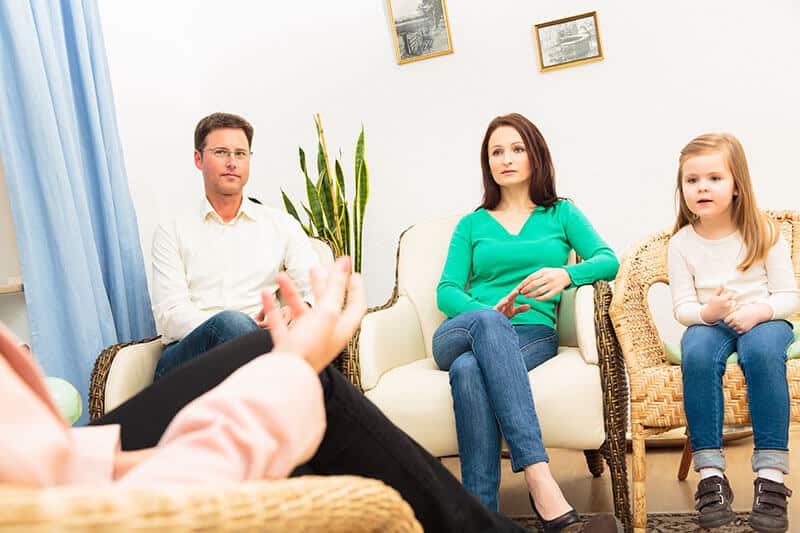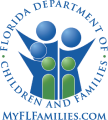Researchers may have found evidence that prescription painkiller use is linked to early marijuana use. This information comes at a time when multiple states are in the process of legalizing marijuana, or considering putting the issue on the ballot for a future election. And while no state is looking to make marijuana legal for adolescents, it would seem that legalizing marijuana would make it easier for teenagers to obtain the drug, as has been demonstrated in the rising numbers in Colorado.
In a recent survey, 11,000 children and teenagers were asked a series of questions related to their drug and alcohol use. Included in these questions was whether they had used prescription opioids in the past 30 days and if they had ever used marijuana. After the data was collected, it was discovered that out of 11,000 participants, 524 had used prescription painkiller in the last month. Of those 524 children and teenagers, 80% had also used marijuana.
While this certainly does not mean that if you use marijuana you will definitely use painkillers, it does a show a link when it comes to drug experimentation (i.e. gateway drugs) and poly-drug use. There was also a correlation with alcohol and tobacco use, indicating that these substances that are becoming increasingly available to young people are contributing to further drug use.
On a policy level, our nation is continuing to send mixed messages to America’s youth. For a long time marijuana and cocaine were major focuses of prevention efforts, yet prescription drug and synthetic drug use has surged. Now we’re working to keep kids away from prescription drug abuse but telling them that smoking weed is okay when you’re old enough.
All of this seems to be missing the point of teaching kids and adults how to live without seeking out drugs for external stimulation. Without it, the patterns will continue to repeat, even though the types of drugs may change over time.









